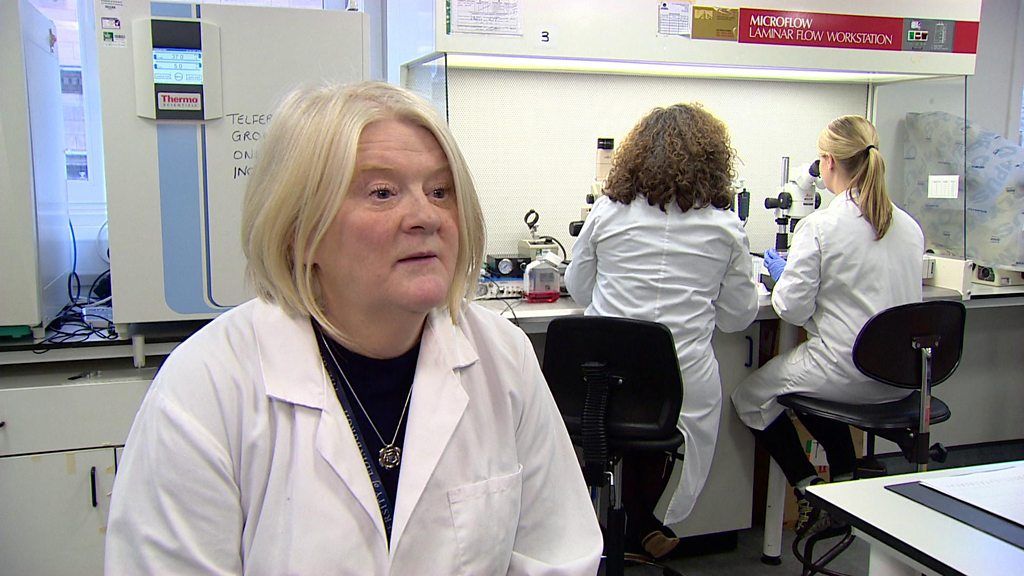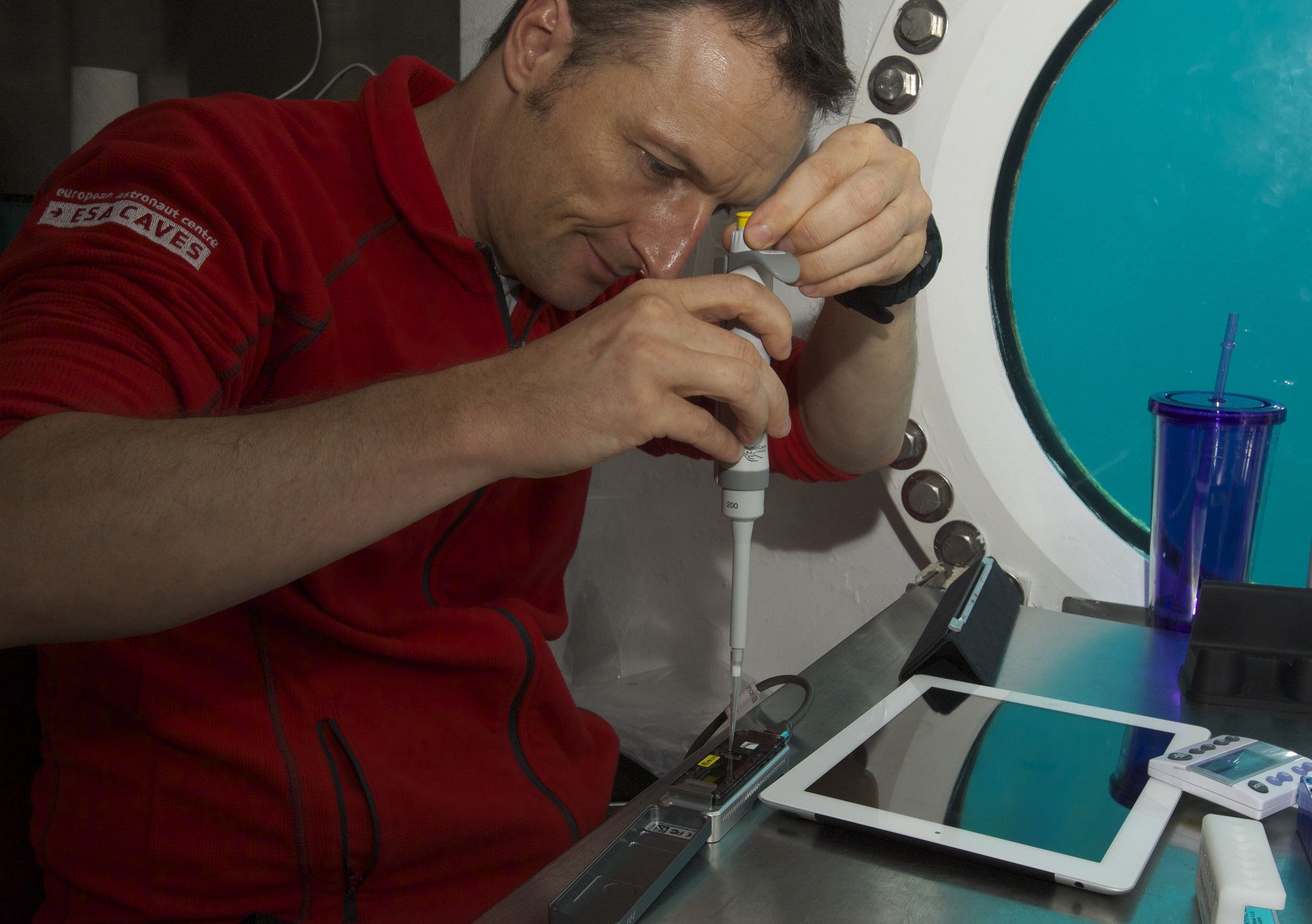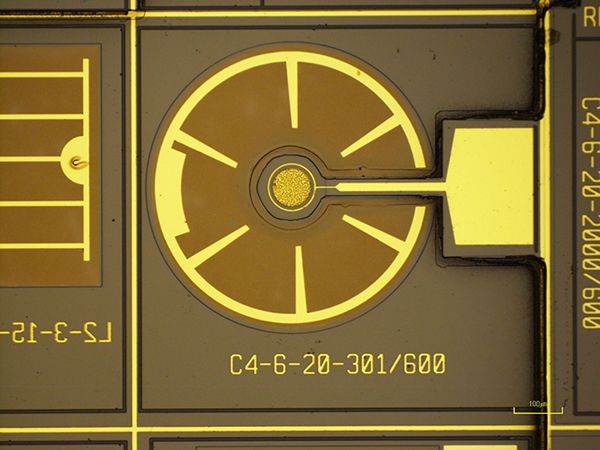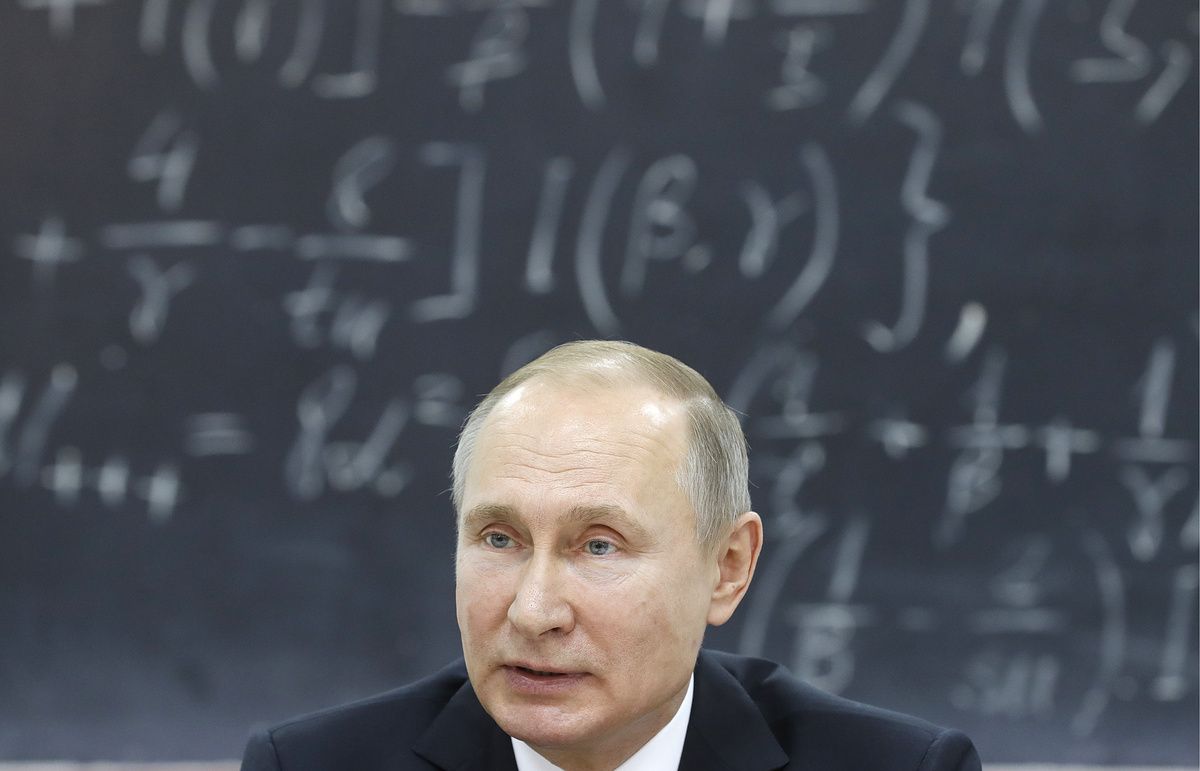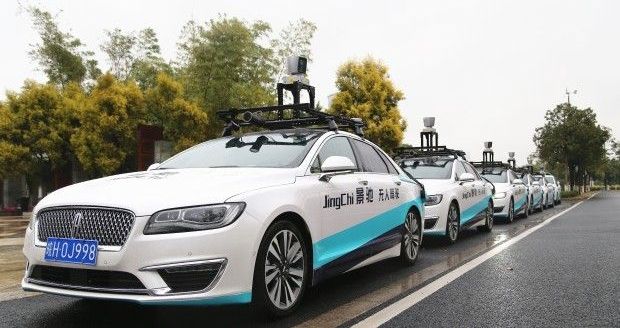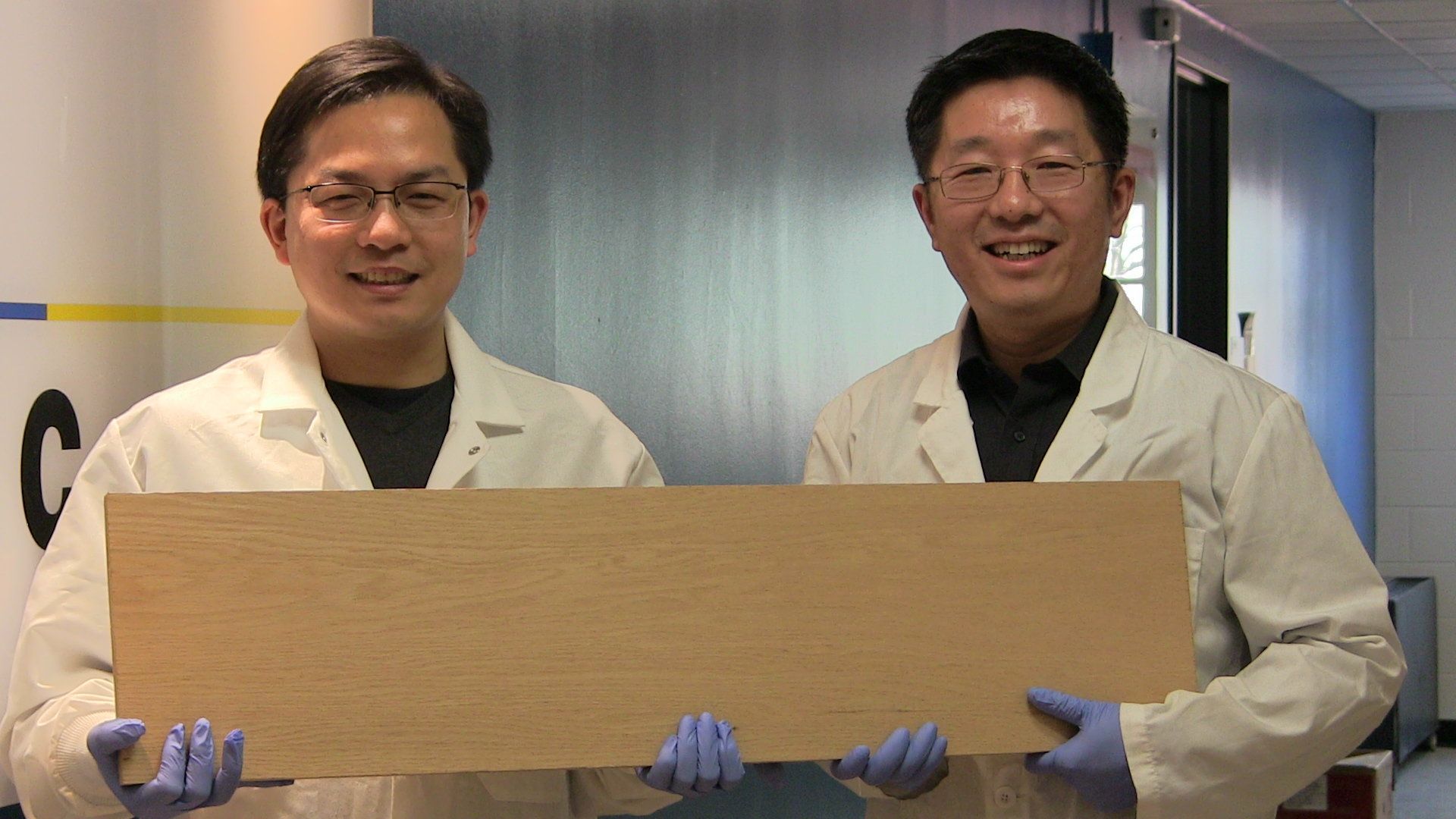Page 10307
Feb 9, 2018
NASA breaks a record with New Horizons photos—never has a camera been so far from Earth
Posted by Genevieve Klien in category: electronics
Feb 9, 2018
3D printable tools to study astronaut health
Posted by Genevieve Klien in categories: 3D printing, biotech/medical, life extension, space
If humans are destined for deep space, they need to understand the space environment changes health, including aging and antibiotic resistance.
A new NASA project could help. It aims to develop technology used to study “omics”—fields of microbiology that are important to human health. Omics includes research into genomes, microbiomes and proteomes.
The Omics in Space project is being led by NASA’s Jet Propulsion Laboratory in Pasadena, California. The project was recently funded by NASA’s Translational Research Institute for Space Health four years of study. Over that time, NASA hopes to develop 3D printable designs for instruments on the International Space Station (ISS), that can handle liquids like blood samples without spilling in microgravity. These tools could enable astronauts to analyze biological samples without sending them back to Earth.
Feb 9, 2018
New Device Could Drive MicroLED Displays, Li-Fi
Posted by Klaus Baldauf in category: futurism
The gallium-nitride HEMT-LED lets voltage control light, replacing typical LED support circuitry.
Feb 9, 2018
Bioquark Inc. — Reader’s Digest — Signs Your Body Is Aging Faster Than You Are
Posted by Ira S. Pastor in categories: aging, biological, biotech/medical, business, chemistry, DNA, futurism, genetics, health, innovation
Feb 9, 2018
Bioquark Inc. — Transform U! Show — Ira S. Pastor
Posted by Ira S. Pastor in categories: aging, bioengineering, business, cryonics, DNA, futurism, genetics, health, neuroscience, transhumanism

Feb 9, 2018
Putin calls to create powerful international research centers in Russia
Posted by Derick Lee in categories: economics, education
Russian President Vladimir Putin has called for expanding scientific cooperation with other countries and establishing powerful international research centers in Russia.
“Of course, we were actively involved in preparations to set up these [international scientific] centers. We are currently working there, and working successfully,” he said at a meeting of the Council for Science and Education. “However, we need to establish such centers of our own.”
The president recalled the proposal to establish one of such centers in Novosibirsk. “I believe that’s the right idea,” he stressed. “We will be sure to think about this and implement this project.”
Continue reading “Putin calls to create powerful international research centers in Russia” »
Feb 9, 2018
China formulates new policies for autonomous cars in bid to catch up to US
Posted by Derick Lee in categories: economics, robotics/AI, transportation
The latest sign of regulatory support comes two months after Beijing became the country’s first city to green light open road test for autonomous cars. The National Development and Reform Commission, China’s top economic planning agency, also unveiled a three-year plan in December, making the development of smart cars a national priority.
The latest sign of national regulatory support comes two months after Beijing became the country’s first city to green light open road test for self driving cars.
Feb 8, 2018
New process could make wood as strong as titanium alloys but lighter and cheaper
Posted by Shane Hinshaw in categories: energy, engineering
Engineers at the University of Maryland, College Park (UMD) have found a way to make wood more than 10 times times stronger and tougher than before, creating a natural substance that is stronger than many titanium alloys.
“This new way to treat wood makes it 12 times stronger than natural wood and 10 times tougher,” said Liangbing Hu of UMD’s A. James Clark School of Engineering and the leader of the team that did the research, to be published on February 8, 2018 in the journal Nature. “This could be a competitor to steel or even titanium alloys, it is so strong and durable. It’s also comparable to carbon fiber, but much less expensive.” Hu is an associate professor of materials science and engineering and a member of the Maryland Energy Innovation Institute.
“It is both strong and tough, which is a combination not usually found in nature,” said Teng Li, the co-leader of the team and Samuel P. Langley Associate Professor of mechanical engineering at UMD’s Clark School. His team measured the dense wood’s mechanical properties. “It is as strong as steel, but six times lighter. It takes 10 times more energy to fracture than natural wood. It can even be bent and molded at the beginning of the process.”
Feb 8, 2018
By submitting this form you agree that your information will be used in accordance with Singularity University’s privacy policy
Posted by Genevieve Klien in categories: policy, singularity
Very Interesting School!
We empower a global community with the mindset, skills & network to leverage exponential technologies and create an abundant future for all. Join Us.
